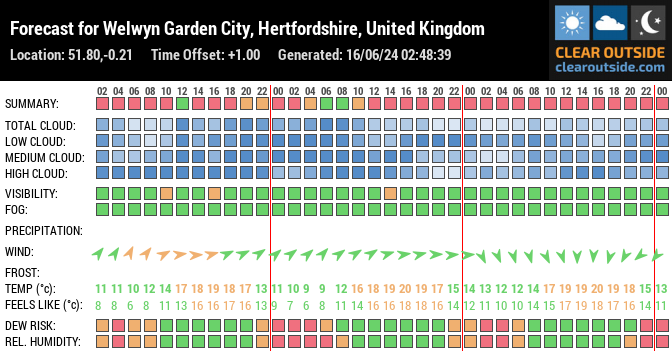









Next Meeting:
Wednesday September 11 at 8:00pm
Distance Scales
Roger O’Brien









Membership details:
•£10 per year - renewable at end of July*
•Non-members £2.00 first 3 meetings then
annual membership subscription due pro
rata for remaining meetings.
•Free to under 18s and full time students.
Proof of status may be required.
•Under 16s must be accompanied by an
adult.



(Please note that these Downloads may not
always work well in the Firefox web browser)
Visitors welcome -
£2.00 per meeting
*Members - no need to book, just turn up with your badge


We, Oct 11
Richard Goodrich
How the 1910 Return of Halley’s Comet (Almost) Destroyed Civilization
2024-25 Programme (subject to change)

Wed, Sep 11
Roger O’Brien
Distance Scales
Wed, Oct 9
Sam Rolfe
Raman Spectroscopy and the search for life in the Solar System
Wed, Nov 13
Robert Connon
Smith
So Simple a thing as a Star
Wed, Dec 11
Jill Stuart
The governance of the "Final Frontier"
Wed, Jan 8
Martin Lewis
Planetary Imaging at the Edge
Wed, Feb 12
Quentin Stanley
The Art of (Computer) Modelling
Wed, Mar 12
Mike Foulkes
Eclipses.
Wed, Apr 9
David Southwood
A Decade as an ESA Director
Wed, May 14
Jerry Stone
AGM followed by Is Pluto a Planet? - 15 years since New Horizons flyby.
Wed, June 11
Kevin Fong
Living on the Moon

This meeting will be held at:
University of Hertfordshire
Lindop Building
College Lane
Hatfield
AL10 9AB
(What 3 words: stars.stones.energetic) and
simultaneously on Zoom.
There is plenty of parking space around the venue
which is free after 19:00
In the vast expanse of outer space,
distances are mind-bogglingly immense.
Imagine spanning millions of light-years
just to reach the nearest neighbouring
galaxy. To put it into perspective, if you
were to hop on a rocket ship and travel at
the speed of light, it would take you 4.24
years just to reach our closest star,
Proxima Centauri. And that's not even
scratching the surface!
The sheer enormity of cosmic distances renders even familiar measurements
meaningless—light-years become merely a unit to quantify unfathomable
expanses.
Come and join us as Roger
O’Brien takes us on this
journey into the cosmos.
After six decades, Roger
O’Brien is still an amateur
astronomer. Whilst working
for 26 years in a bank in the
City, he “survived” to earn a
BSc in Astronomy and began
teaching.
One course was held at the Sele School and it was students from that course,
who founded the Hertford Astronomy Group.
He says that one of his proudest moments was to be elected President of
HAG.


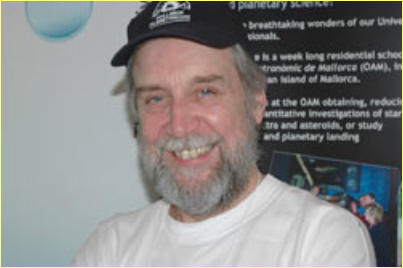
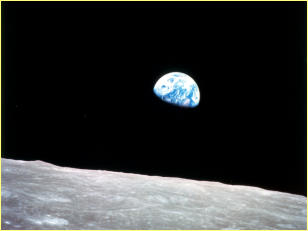
Note for your diaries:
Saturday March 29 - partial solar
Eclipse 10:00 - 12:00 Noon -
Public Eclipse Watch

Aurora visible in Hertfordshire and Wales 10-12 May
2024
Photos: Steve Heliczer, Richard Sheppard and Owain
Powell
AGM 15 May 2024
Draft Minutes and documents








*Members - no need to book, just click the link
Visitors most welcome at meetings or on Zoom
ZOOM





Next Meeting:
Wednesday September 11 at 8:00pm
Distance Scales
Roger O’Brien
In the vast expanse of outer
space, distances are mind-
bogglingly immense. Imagine
spanning millions of light-
years just to reach the nearest
neighbouring galaxy. To put it
into perspective, if you were to
hop on a rocket ship and
travel at the speed of light, it would take you 4.24
years just to reach our closest star, Proxima
Centauri. And that's not even scratching the surface!
The sheer enormity of cosmic distances renders
even familiar measurements meaningless—light-
years become merely a unit to quantify unfathomable
expanses.
Come and join us
as Roger O’Brien
takes us on this
journey into the
cosmos.
After six decades,
Roger O’Brien is
still an amateur astronomer. Whilst working for 26
years in a bank in the City, he “survived” to earn a
BSc in Astronomy and began teaching.
One course was held at the Sele School and it was
students from that course, who founded the Hertford
Astronomy Group.
He says that one of his proudest moments was to be
elected President of HAG.
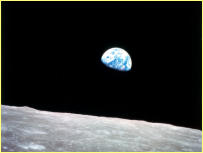
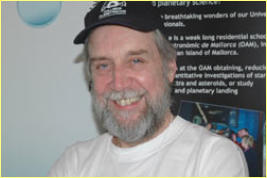
Visitors most welcome at meetings or on Zoom
*Members - no need to book, just click the link
*Members - no need to book, just turn up with your badge
Aurora Pictures: Steve Heliczer, Richard Sheppard and Owain Powell

Aurora Pictures at bottom of the page


